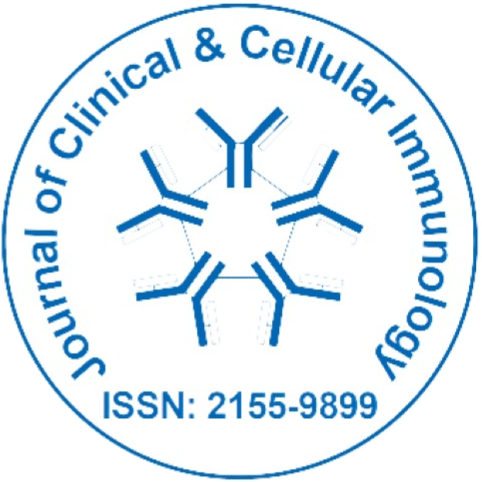
Journal of Clinical and Cellular Immunology
Open Access
ISSN: 2155-9899

ISSN: 2155-9899
Garrett Wilkerson
Pegasus Plastics, USA
Keynote: J Clin Cell Immunol
Mycoremediation, a novel approach in bioremediation, harnesses the unique capabilities of mushrooms and fungi to degrade and detoxify various pollutants and toxins. There are three prominent types of waste that can be negated through fungal technology: plastic waste, metallic waste (e.g., electronic waste), and industrial waste such as dyes and chemical byproducts used in manufacturing. To investigate the application of mycoremediation in plastic waste remediation, the works of Stamets (2005) and Arora et al. (2015) provide valuable insights. These studies highlight the ability of certain fungal species, notably the genus Pleurotus, to break down complex hydrocarbons present in plastics, offering a promising avenue for the degradation of polymeric materials that pose a significant environmental challenge. Additionally, Pestalotiopsis microspora has been observed digesting plastic anaerobically, making it an ideal candidate for microplastic remediation of interstitial soil. Regarding metallic waste, the research conducted by Zhang et al. (2018) and Cho et al. (2020) elucidates the potential of fungi in the bioremediation of toxic heavy metals, including those found in electronic waste. These studies demonstrate that certain fungi, such as Trichoderma and Aspergillus species, exhibit remarkable metal accumulation and sequestration abilities, providing a means to mitigate the detrimental effects of metal contamination. In the realm of industrial waste, the works of Wang et al. (2017) and Singh et al. (2021) shed light on the efficacy of mycoremediation in the degradation of dyes and chemical byproducts. These studies showcase the capacity of fungi, such as Phanerochaete chrysosporium and Trametes versicolor, to enzymatically break down complex organic compounds, thereby offering a viable alternative to traditional, energy-intensive treatment methods. Furthermore, the role of mushrooms in the bioremediation of various pollutants extends beyond their direct enzymatic actions. Research by Rajarathnam and others (2022) reveals the ability of certain fungal species to form symbiotic relationships with plants, facilitating the uptake and detoxification of pollutants through mycorrhizal networks and allowing them to flourish in traditionally uninhabitable environments.
Garrett Wilkerson is a mycologist whose current focus is plastic-eating fungi with an emphasis on open-access distribution, and has appeared on over a dozen podcasts as well as organized multiple mushroom-specific events. A top-level sponsor of the North Texas Mycological Association, he also works with non-profits to spread awareness of the nutritional benefits and ease of cultivation of gourmet mushrooms such as oyster, shiitake, and lion’s mane. In addition to the bioremediative and nutritional properties of fungi, he is also well versed in the therapeutic properties of psychedelic mushrooms and their remarkable potential to mitigate symptoms of treatment-resistant mental conditions such as PTSD and severe depression.